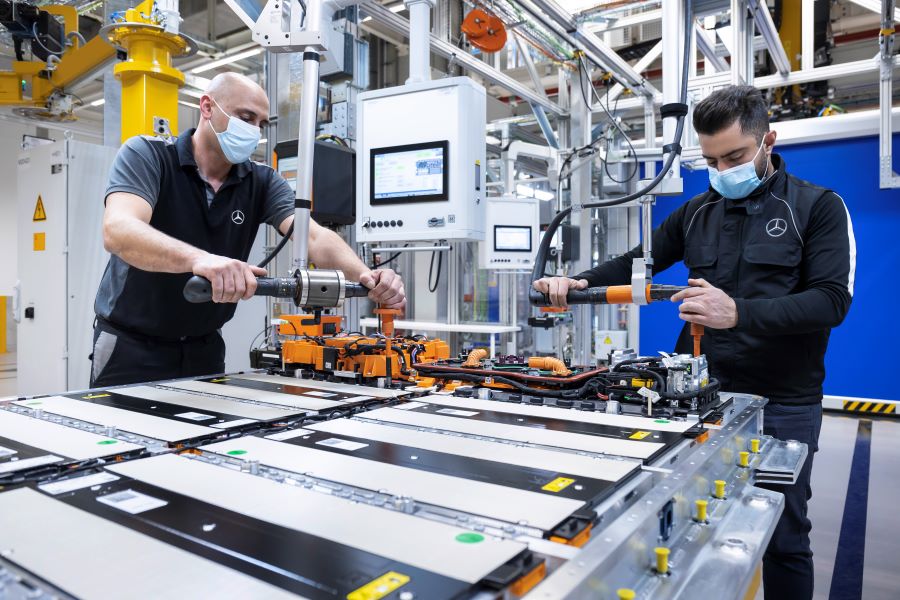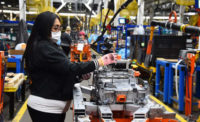SEOUL, South Korea—Samsung Electro-Mechanics plans to mass-produce AEC-Q200 compliant power inductors for electric and autonomous vehicle applications. The electronic components are applied to power circuits to convert electricity from batteries into power required by semiconductors and to supply stable current.
Power inductors are thin-film products where thin coils are formed on the package substrates, which has the advantage of higher productivity and miniaturization than the wire wound type where the coils are wound on magnetic substances.
A car requires more than 100 power inductors, which is more than twice as many as a smart phone. Applications include ADAS and infotainment systems. Power inductors also provide stable power to semiconductors that process autonomous driving information by preventing sudden current changes.
The performance of a power inductor is generally determined by the raw materials, magnetic substances (objects with magnetic properties) and the number of coils (copper wires) that can be wound inside. This means that to increase the performance of the power inductor, it is necessary to improve the properties of the magnetic substances and wind more coils in a limited space.
Engineers at Samsung Electro-Mechanics have developed two types of 2016 size (2 millimeters long and 1.6 millimeters wide) power inductors with capacities of 1.0 uH (microhenry) and 2.2 uH, respectively. They also developed magnetic substances with excellent properties and low losses based on the materials technology accumulated through multilayer ceramic capacitor (MLCC), and applied the photo-resist technology (a method of engraving circuits using light) used in semiconductor package substrates to precisely form coils with minute spacing.
"Power inductors are expected to experience high growth as the market for autonomous driving and electric vehicles expands," says Chang Duckhyun, CEO of Samsung Electro-Mechanics. “[We plan] to develop power inductors into the 'second MLCC' based on our differentiated technology through the convergence of materials and package substrate technologies."



